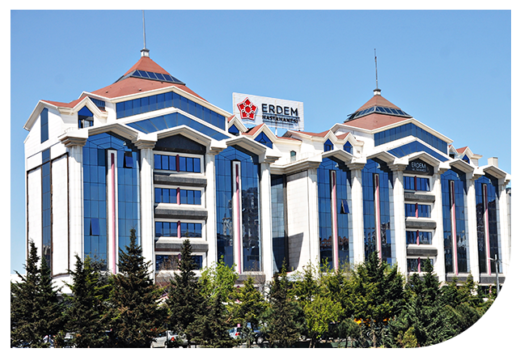A sudden rash. Scaly, oval-shaped patches. A mysterious “herald spot” that appears before the rest. If you’ve recently developed strange marks on your skin and have no idea why, you might be dealing with pityriasis rosea, a harmless but often misunderstood skin condition.
Though its name sounds complex, pityriasis rosea is actually common, temporary, and non-contagious. It typically resolves on its own, but the way it presents especially during the early phase can cause confusion, worry, and unnecessary alarm.
Here’s what you should know about this curious skin rash and when to seek medical advice.
What Is Pityriasis Rosea?
Pityriasis rosea is a benign inflammatory skin condition most commonly seen in young adults between the ages of 10 and 35. It’s thought to be triggered by a viral infection, possibly a reactivation of certain herpes viruses (HHV-6 or HHV-7), though it is not considered contagious.
The condition typically begins with a “herald patch” , a single, round or oval scaly lesion on the chest, back, or abdomen followed by a broader rash that spreads across the trunk and upper limbs.
What Are the Symptoms?
Pityriasis rosea often unfolds in two stages:
- Herald Patch
- A single, salmon-colored, oval lesion
- 2–10 cm in diameter
- Scaly, slightly raised, and may be mistaken for ringworm or eczema
- Appears 1–2 weeks before the rest of the rash
- Secondary Rash
- Multiple smaller spots or plaques
- Usually follow skin tension lines, forming a “Christmas tree” pattern across the back or torso
- Mild itching (but sometimes severe)
- Can last 4 to 8 weeks, occasionally longer
In rare cases, people may also experience:
- Fatigue or low-grade fever
- Headache
- Mild sore throat (especially in the early phase)
The condition is self-limiting, meaning it resolves without medical treatment in most cases.
Who Gets It?
Pityriasis rosea can affect anyone but is most common in:
- Teenagers and young adults
- People with weakened immune systems
- Individuals during or after a mild viral illness
- Pregnant women (rare but requires monitoring)
There is no evidence of person-to-person transmission, and the condition is not linked to hygiene, allergies, or underlying chronic illness.
How Is It Diagnosed?
Diagnosis is typically clinical, based on the appearance and distribution of the rash. A dermatologist or general practitioner will often recognize the pattern immediately.
In some cases, your doctor may perform additional tests to rule out other conditions, such as:
- Fungal infections (like tinea corporis or ringworm)
- Psoriasis
- Drug eruptions
- Secondary syphilis (in sexually active adults)
If symptoms are unclear or unusual, skin scraping or blood tests may be performed to confirm the diagnosis.
How Is It Treated?
Since pityriasis rosea usually resolves on its own within 6–8 weeks, no treatment is typically required. However, if itching is bothersome or the rash causes distress, supportive care can help.
Treatment options may include:
- Moisturizing creams to reduce scaling and dryness
- Topical corticosteroids (low potency) for inflammation
- Oral antihistamines to relieve itching
- Light therapy (UVB) in resistant or widespread cases
- Avoiding hot showers, wool clothing, or scented products to minimize irritation
In very rare, prolonged cases, antiviral medications like acyclovir have been used but only under specialist supervision.
Special Considerations in Pregnancy
While pityriasis rosea is generally harmless, pregnant women who develop the rash especially in the first 15 weeks should consult a healthcare provider. Some studies have suggested a possible (though rare) association with early pregnancy complications.
Can It Come Back?
Recurrence is uncommon, but not impossible. In most people, it’s a once-in-a-lifetime event. If you experience similar rashes again, it’s worth seeing a doctor to rule out other skin conditions.
When a Rash Is Harmless but Still Worrisome
Skin conditions often affect more than the skin. Even when the underlying cause is benign, the visibility and unpredictability of a rash like pityriasis rosea can impact confidence, social comfort, and quality of life especially if it’s widespread or itchy.
If you’re unsure whether your rash is pityriasis rosea or something else, or if symptoms worsen or persist beyond 8 weeks, the dermatology specialists at Erdem Hospital can offer clear diagnosis, supportive treatment, and peace of mind so you can focus on healing, not worrying.

